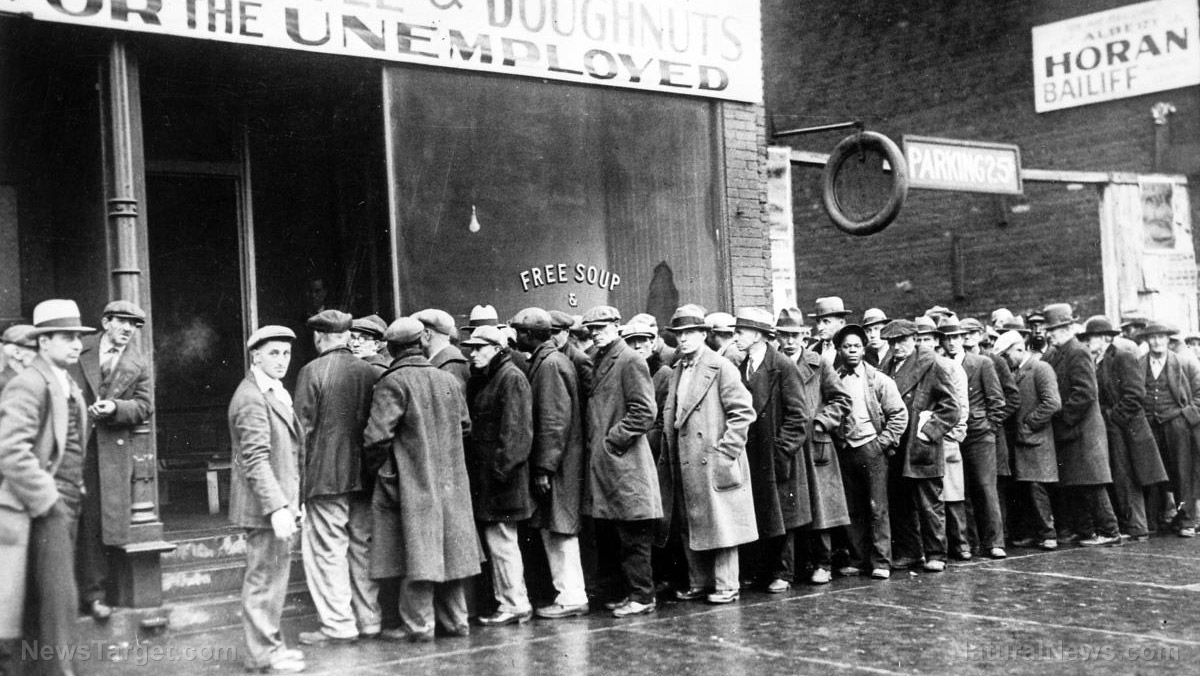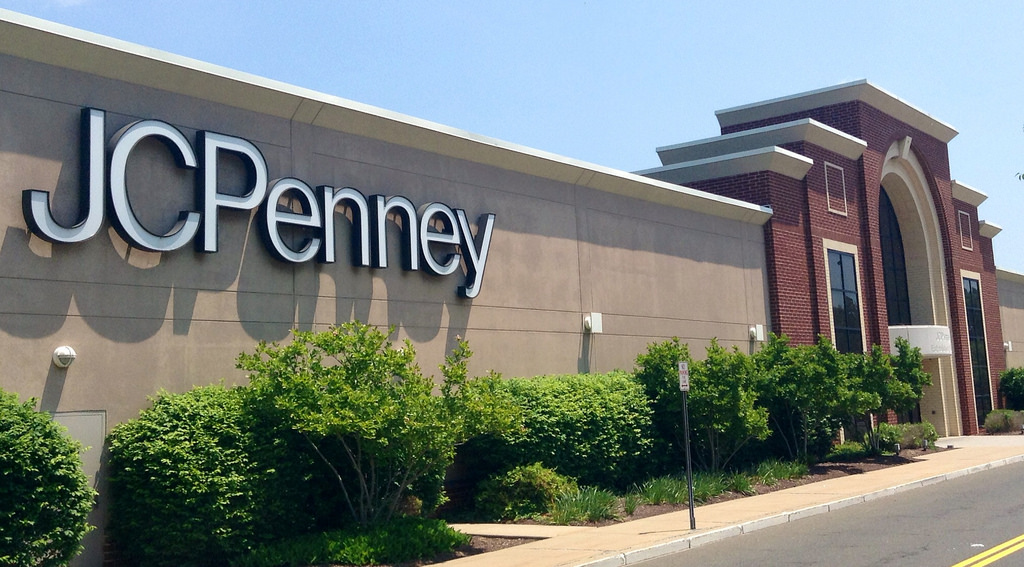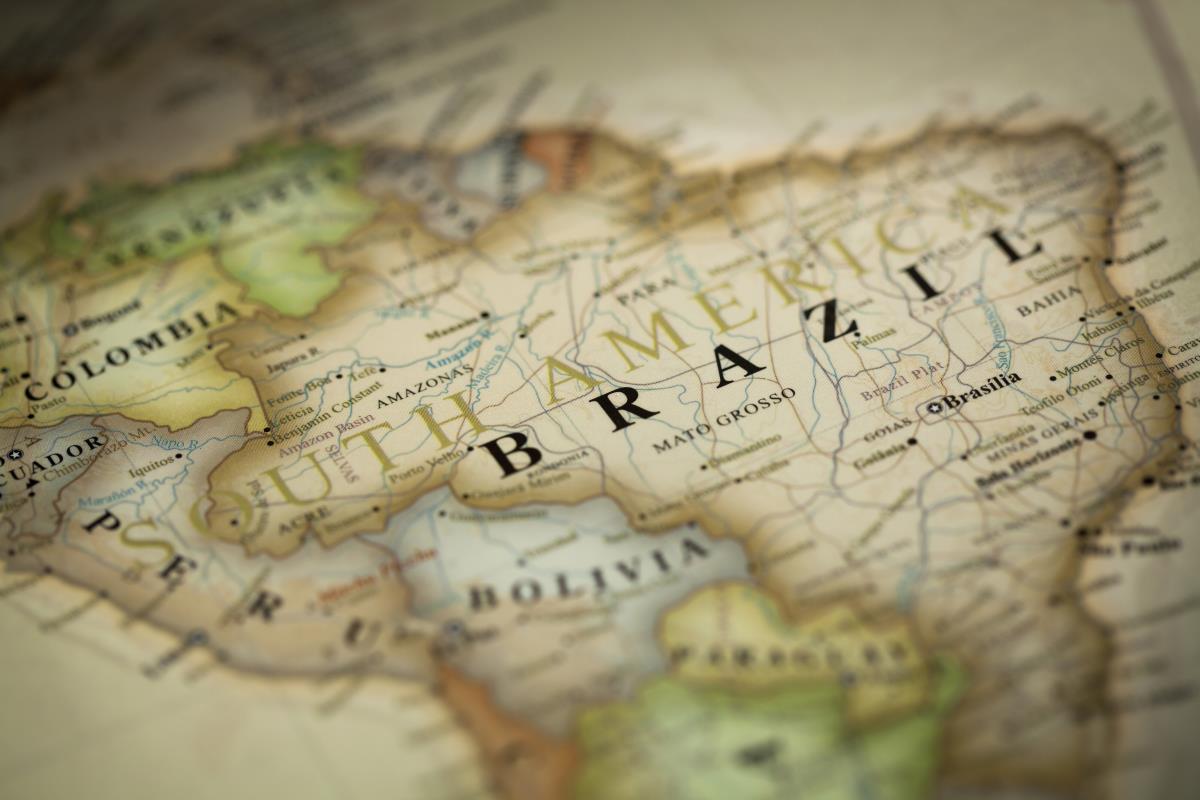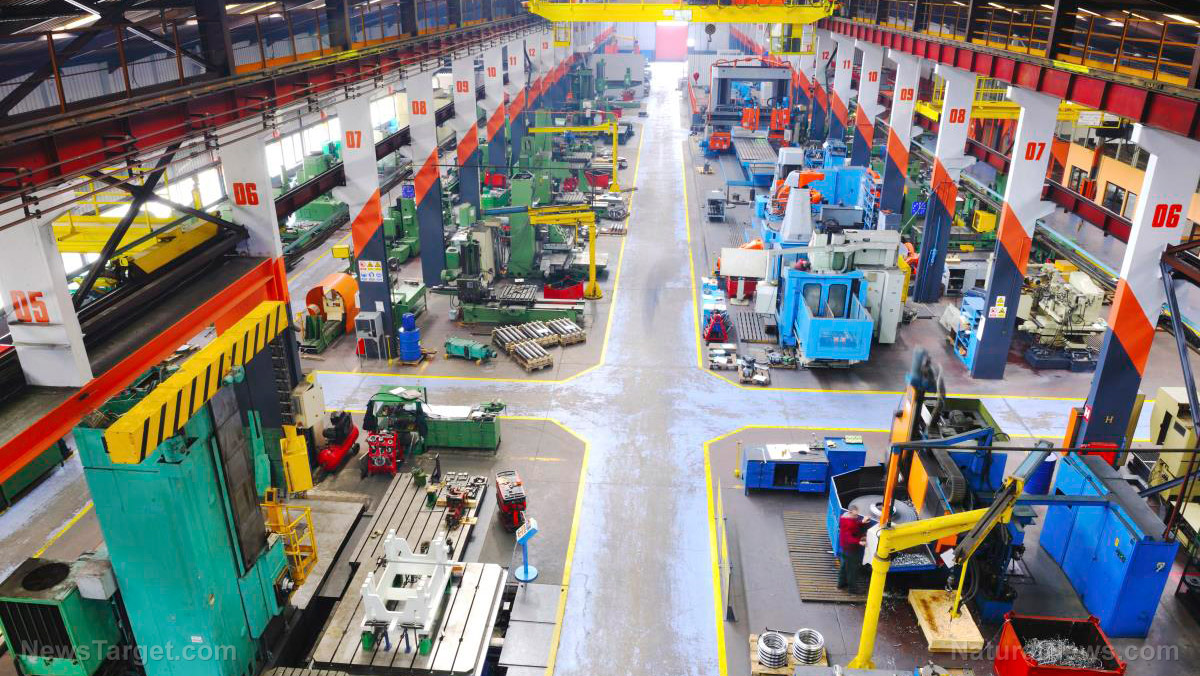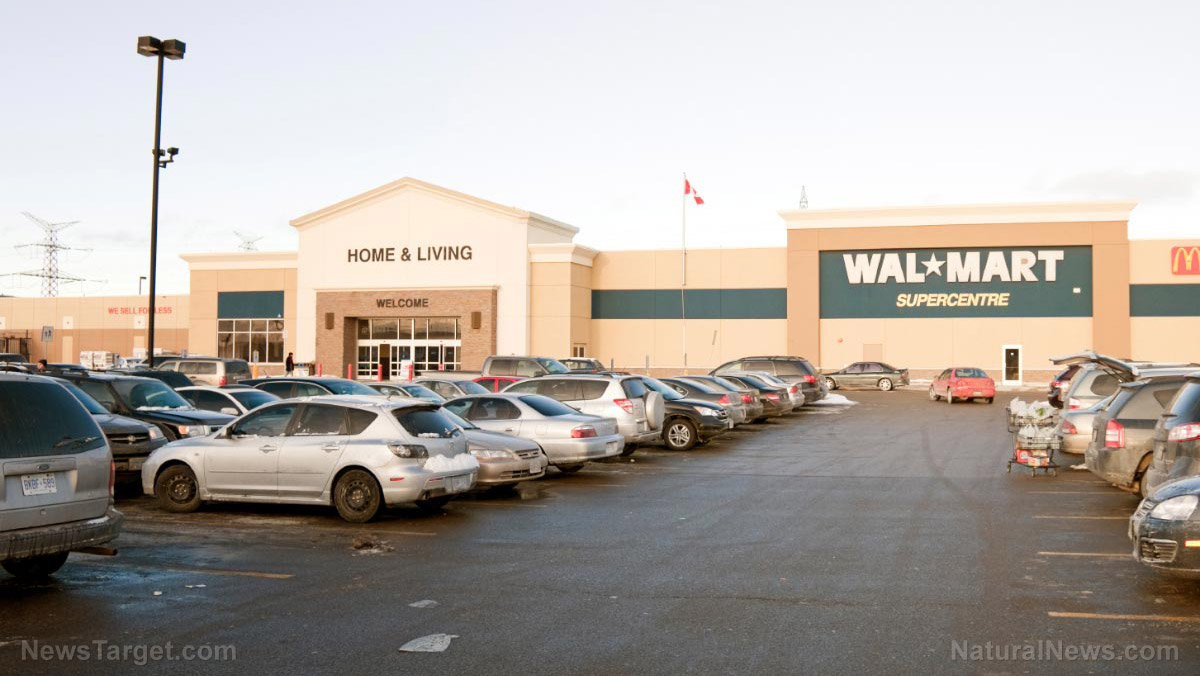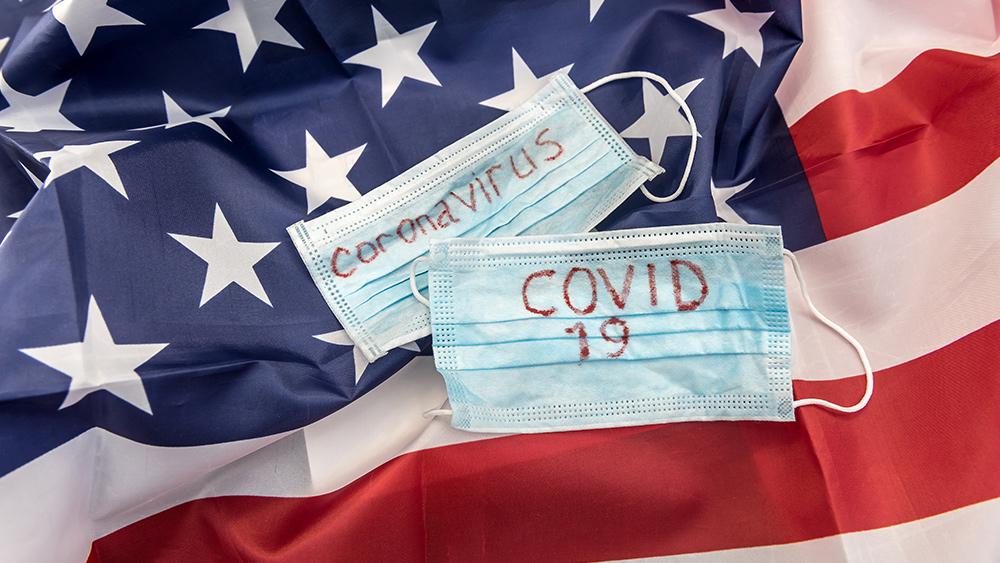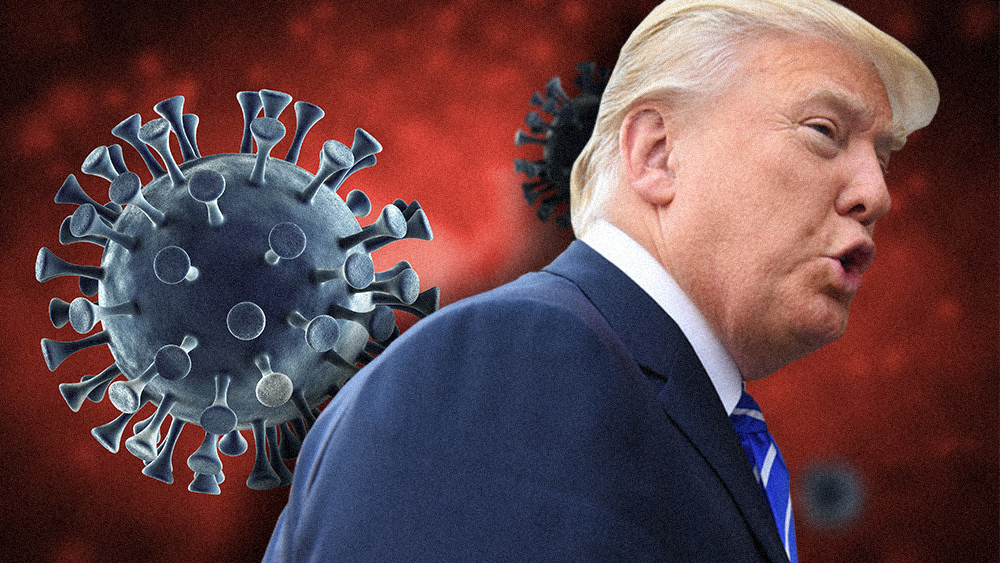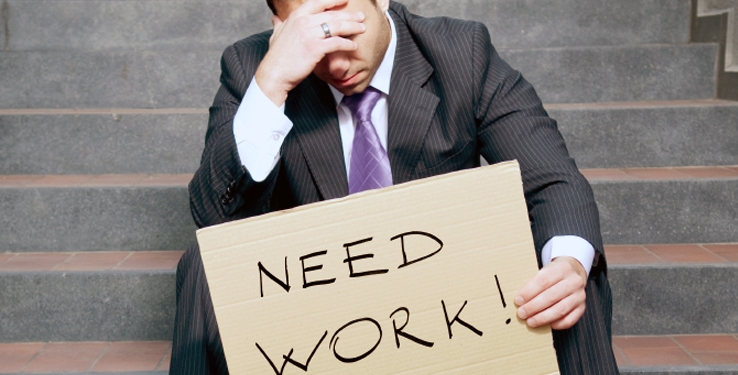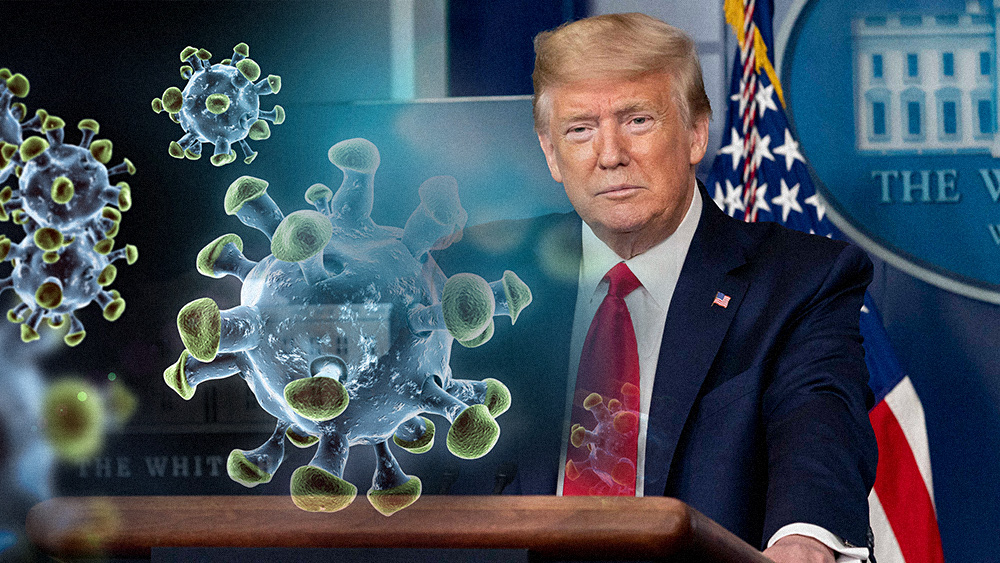Business is picking up, but economic recovery from the coronavirus is still far off
05/26/2020 / By Franz Walker

Business activity and labor markets in both the U.S. and abroad suffered a little less in May than in previous months, offering signs that the economic damage from the Wuhan coronavirus (COVID-19) pandemic is easing but will require some time to fully recover.
Despite the cautious reopening of many economies around the world, surveys of purchasing managers showed that private sector activity in Europe, Japan and the U.S. fell for the third straight month in May.
In America, another 2.4 million workers filed unemployment claims last week, continuing historically high weekly levels but down significantly from a peak of nearly 7 million in March. The Department of Labor‘s report on unemployment benefits also showed that the number of people continuing to receive benefits in the week ending May 9 — an indicator of overall unemployment — increased to 25.1 million from 22.5 million the week prior. (Related: Nearly 3 million jobless claims filed last week as coronavirus continues to ravage the economy.)
The surveys and claims figures indicated that job cuts would continue and that a rise in unemployment would likely act as a drag on any economic recovery as affected households cut back on spending.
Economies are improving, but still have a ways to go
In America, the world’s largest economy, the fall of business activity was not as steep as before. According to data from IHS Markit, its index of manufacturing activity stood at 39.8 in May, up from 36.1 in April. Meanwhile, a measure of the country’s services sector — representing the economy’s broadest segment — rose to 36.9 from 26.7.
In the Eurozone, IHS Markit’s composite Purchasing Managers Index, which measures private sector activity, rose to 30.5 in May from 13.6 in April.
While the positive growth is encouraging, a reading below 50 in these indices still means that activity has fallen, with lower figures indicating steeper falls.
“Demand is likely to remain extremely weak for a prolonged period, putting further pressure on companies to make more aggressive job cuts,” said Chris Williamson, chief business economist at IHS Markit. “We therefore expect … a full recovery to take several years.”
In addition, the U.S. unemployment claims exclude hundreds of thousands of self-employed and gig-economy workers receiving unemployment benefits for the first time through a temporary coronavirus-related program. The omission of these self-employed workers means that the actual number of workers seeking claims has been higher since the program — called Pandemic Unemployment Assistance — got underway.
Though layoffs in the U.S. appear to have subsided in recent weeks, the number of unemployed Americans continues to remain at record levels. As of the beginning of this month, a large share of workers eligible for unemployment benefits was drawing on them in states across the nation. In particular, large parts of the workforces in Michigan, Nevada and Washington state were claiming benefits.
Despite this, most states saw fewer new unemployment claims applications last week. The declines were particularly steep in Georgia, Kentucky and New Jersey.
Recovery depends on whether new measures succeed
The surveys and claims data suggest that economies will likely see larger contractions in the three months through June than those recorded in the first quarter. The path back to levels of output seen in 2019 is likely dependent on the success of measures designed to contain new coronavirus outbreaks and on additional government responses.
On Thursday, the Senate recessed before it could reach a deal to double the amount of time businesses have to spend loans obtained through the Paycheck Protection Program (PPP) — a key part of U.S. stimulus designed to keep workers on payrolls during the pandemic. Senators from both parties have said that they back the change and plan to take it up after the Memorial Day break.
“It’s going to pass. It’s just how long it takes to run the hotline and get all the offices to call back,” said Florida Sen. Marco Rubio, chairman of the Small Business Committee.
“Hopefully within the next couple days, we can have a bicameral understanding, and get it done hopefully by UC,” Maryland Sen. Ben Cardin said, adding that it was “possible” it could pass next week.
The legislative fix, which was introduced Thursday by Rubio, Cardin as well as Maine Sen. Susan Collins and New Hampshire Sen. Jeanne Shaheen, extends the time period by which PPP money must be spent by 16 weeks. Under the current incarnation of the rule, the earliest recipients of PPP funds would have to finish using them by May 29. In addition, the modification would also extend the deadline for program applications from June 30 to December 31. It will allow businesses to use these funds to pay for investments needed to reopen safely and purchase personal protective equipment for their employees.
Democrats in the House of Representatives are also expected to bring to the floor a bill to change the $670 billion program’s time frame by 24 weeks and change accessibility requirements next week. When asked about this, Sen. Rubio stated that it didn’t have any “insurmountable” differences with the Senate’s bill.
“We’ll have to see if they can amend theirs to reflect ours,” he said. “I don’t think the differences between the House and Senate on this issue are insurmountable. I think they’re semantic and maybe a couple of weeks here or there, but that wouldn’t be the reason why this doesn’t get done.”
Sources include:
Tagged Under: Collapse, coronavirus, covid-19, economics, economy, flu, government, infections, outbreak, pandemic, risk, superbugs, unemployment, unemployment claims, USA, virus
RECENT NEWS & ARTICLES
COPYRIGHT © 2017 RISK NEWS

